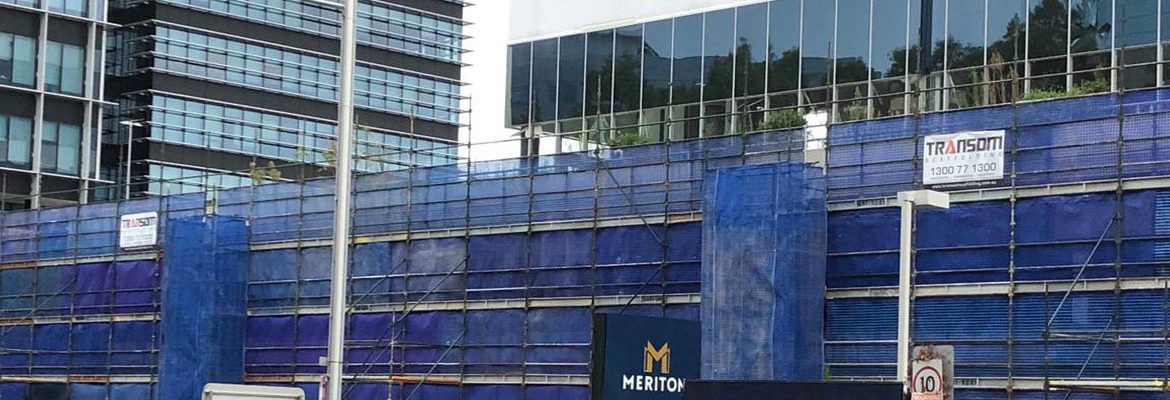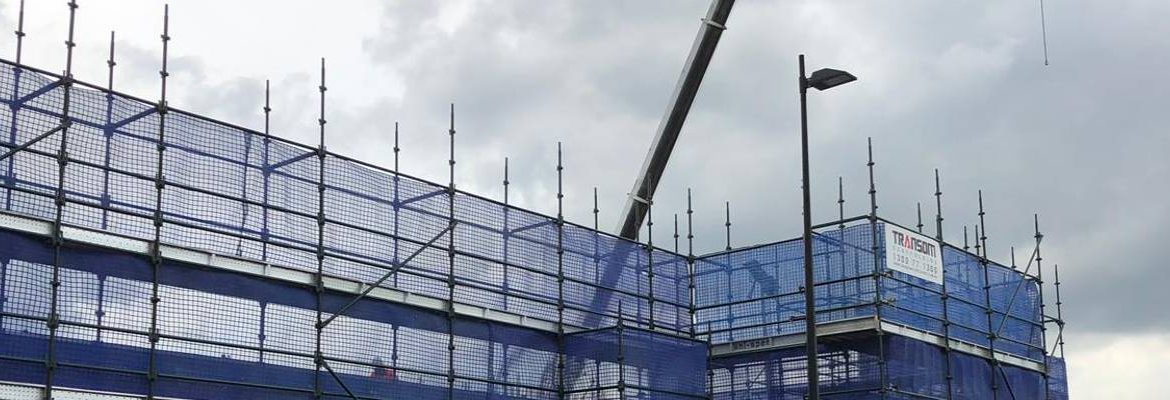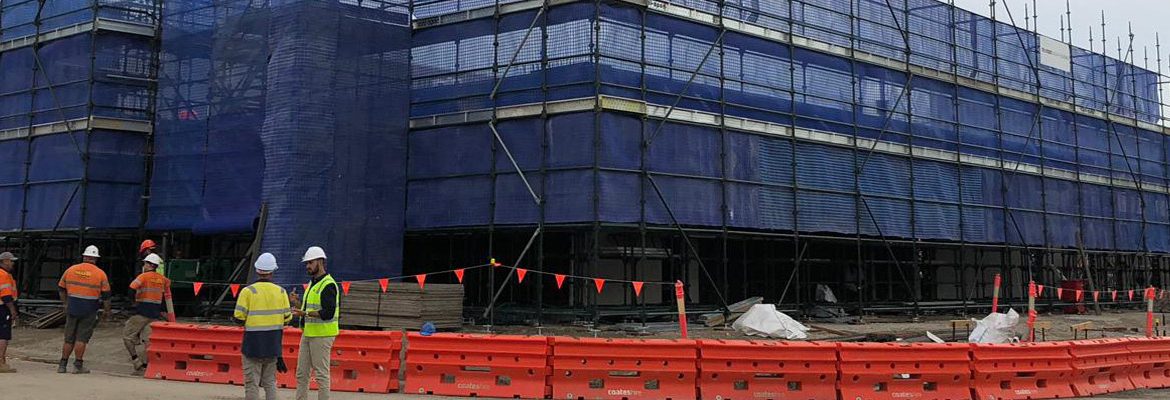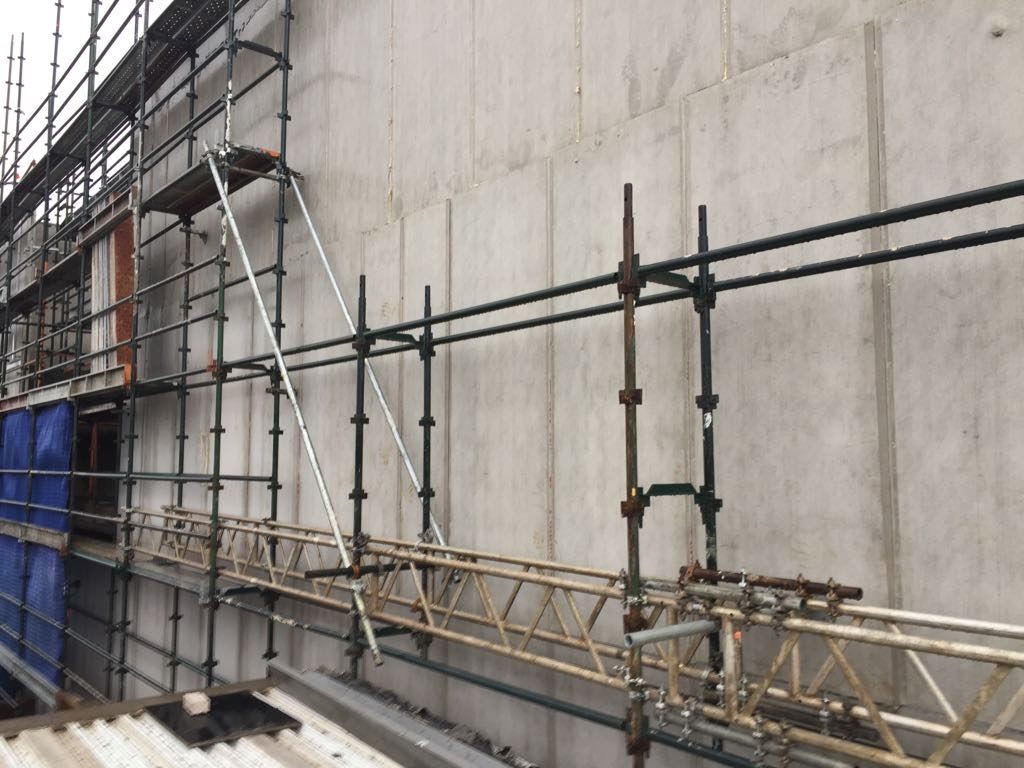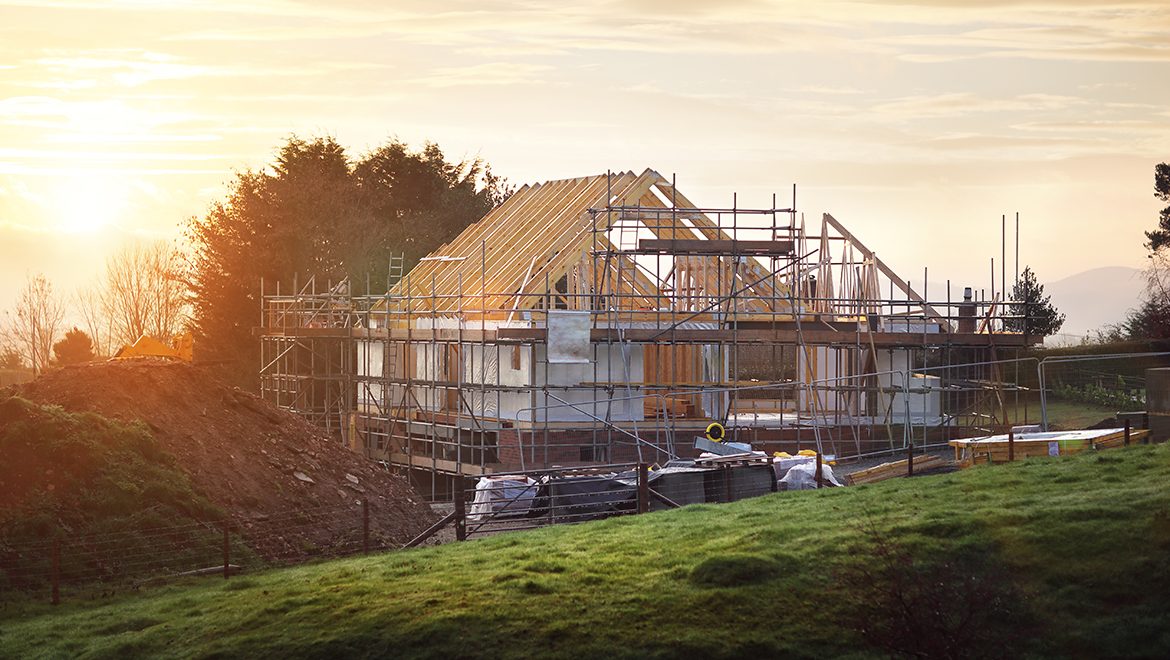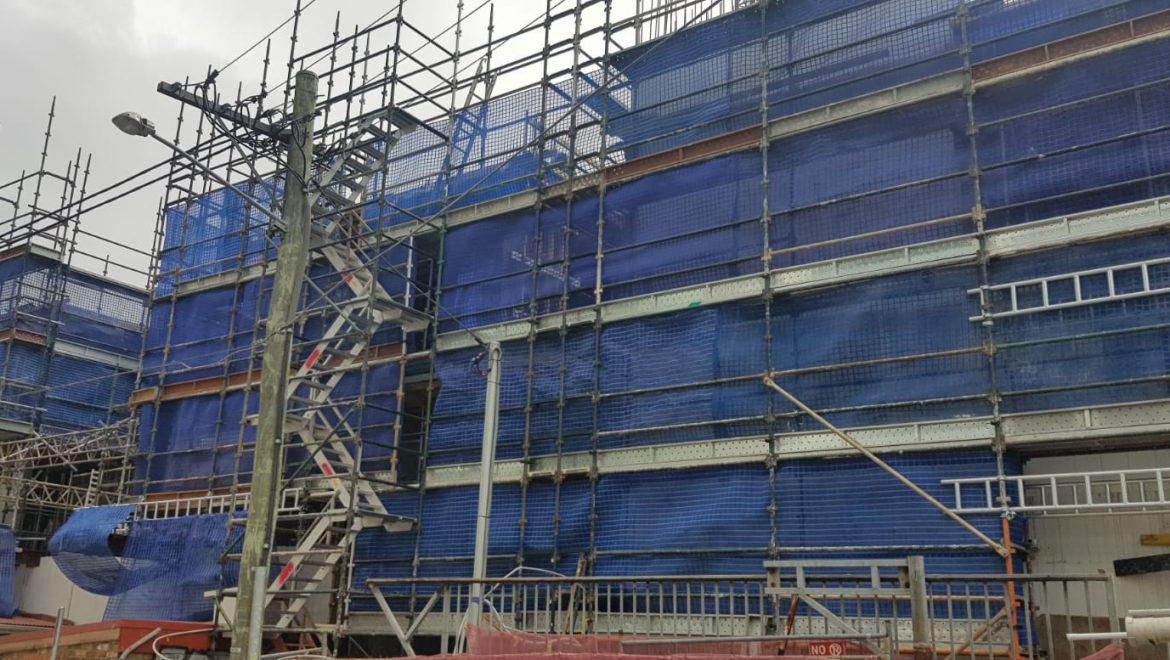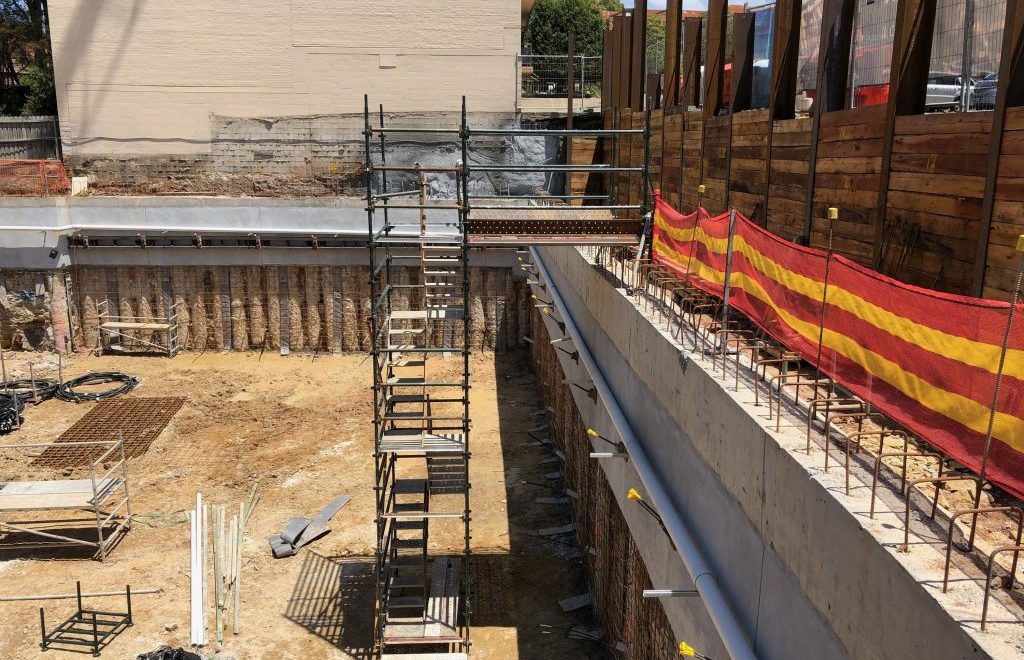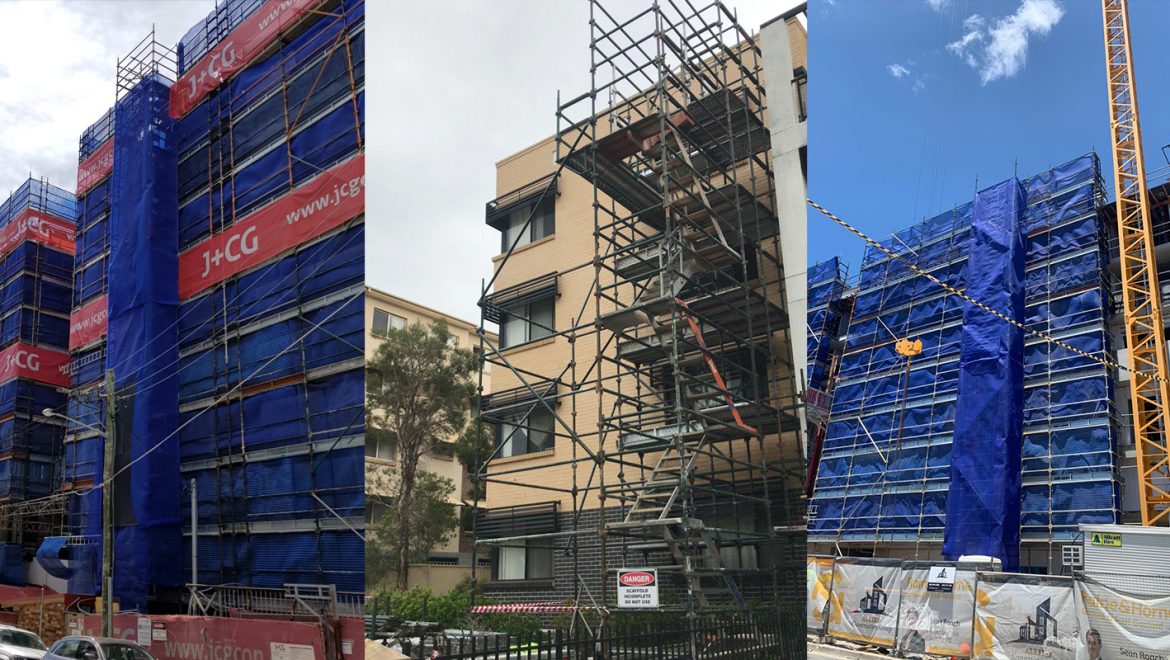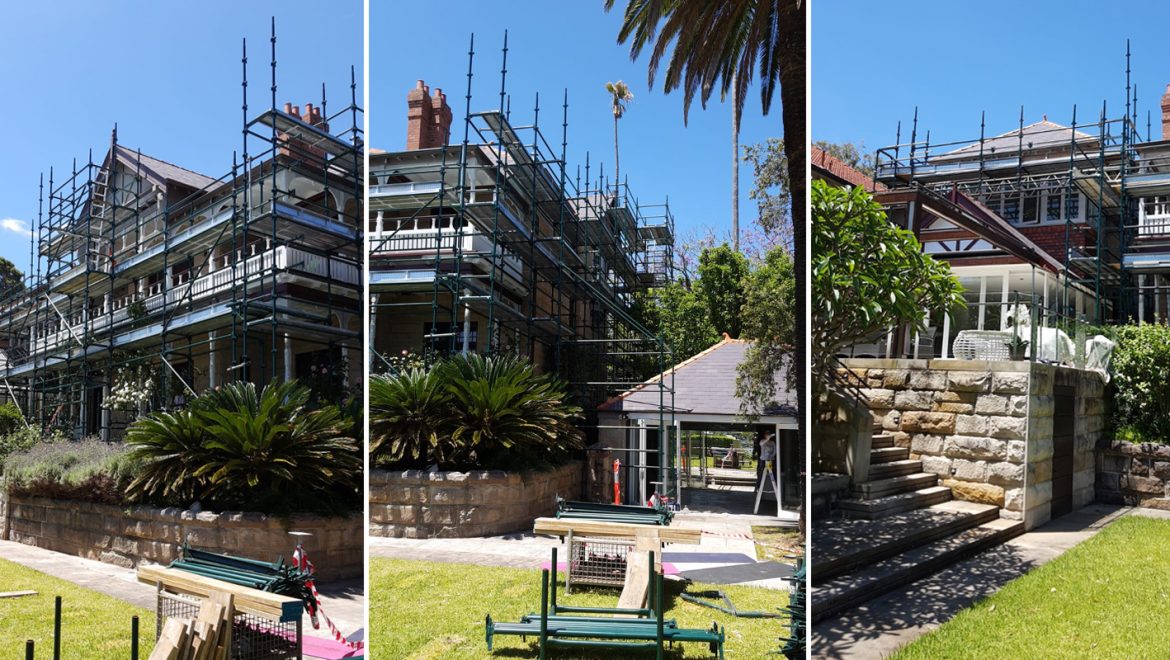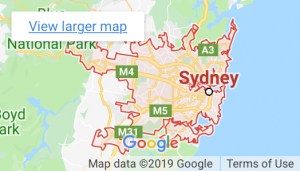How Much Weight Can a Scaffold Hold?
Before you begin any construction work, it’s important to take a look at the scaffolding that will be required onsite. There are a series of questions that you should ask such as:
- What is the maximum intended load the scaffolding can hold?
- How high can the scaffolding go?
- What kind of ground material is the scaffolding sitting on, i.e. is it pavement, earth, concrete?
- Will the scaffolding affect pedestrians or neighbours?
Choosing and erecting scaffolding is a serious affair because you are dealing with the lives of people. In this blog, we’re going to take a closer look at the implications of weight on scaffolding.
Calculating the Safe Working Load
When you choose to hire scaffolding, the scaffold company that you’re hiring from will calculate the safe working load (SWL) for you. Their engineering team will give you the correct loads and weights that should be used on the scaffolding you’ve hired. You will be asked how many people you expect to use the scaffolding at any given time, what tools they’ll use, and what materials as well. All these are important in figuring out which scaffolding you should rent out, as the scaffolding must be able to withstand the pressure.
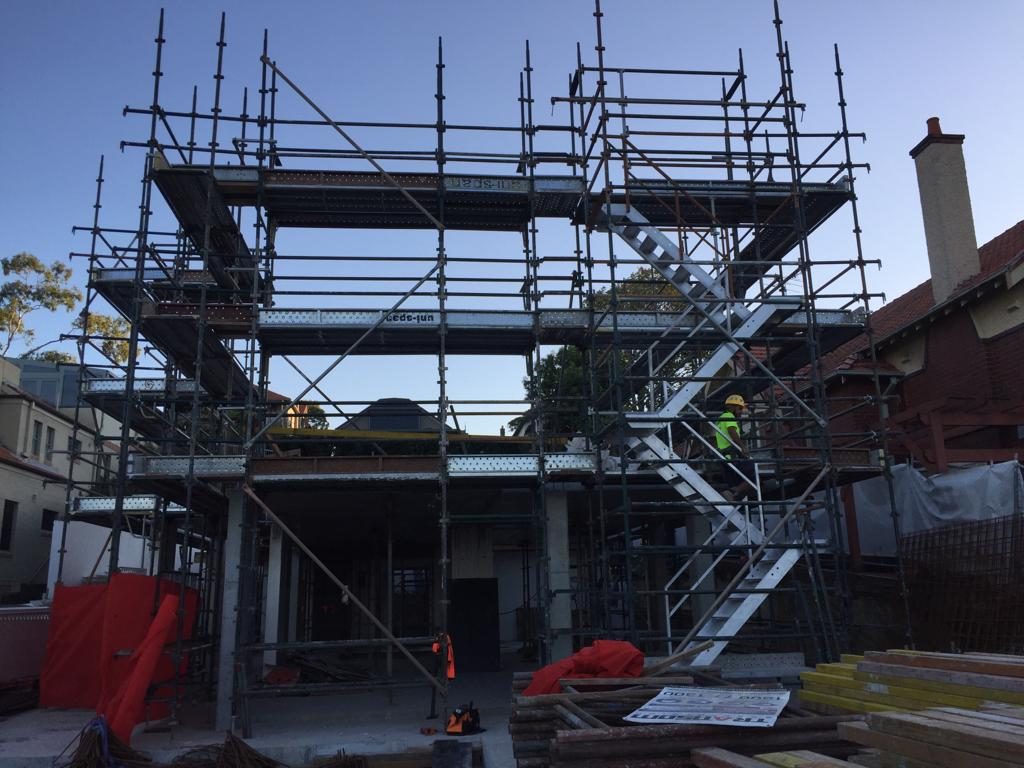
Scaffolding classes according to Rated Load Capacity
There are three scaffolding classes if you will. Each class is designed to carry a specific maximum load, and this load should not be exceeded.
| Scaffold Rated Load Capacity | Maximum Load |
| Light Duty ‘Standard’ | 11.33kg (25 pounds) per square foot |
| Medium Duty ‘Brick Masons’ | 22.68kg (50 pounds) per square foot |
| Heavy Duty ‘Stone Setters’ | 34.02kg (75 pounds) per square foot |
The maximum weights that the engineering team will come up with will be calculated based on the information supplied by the manufacturer of the scaffolding.
Things to be aware of when setting up and working on scaffolding
1. Electrical cables and overheads
If scaffolding is going to be erected in a place where electrical lines are, these cables will need to be properly insulated or de-energized while work is on-going. You’ll have to obtain the necessary clearances for tools and the equipment you’ll be using in the area close to these power lines. For more information regarding these clearances, you can read this article.
2. Permissible working conditions
Workers are forbidden to work on scaffolds that are covered in ice, mud, snow or any other slippery agent. It is also prohibited to work on scaffolds when there are high winds and during storms. Scaffolds should feature fall arrest systems and windscreens to prevent workers from falling overboard.
3. Scaffolds should be inspected regularly
Prior to commencing any work, the designated scaffold inspector needs to routinely check the integrity of the structure to ensure that it’s solid and sound. Should there be any damage to any parts of the scaffold, or there has been a disturbance at the foundational level, the scaffolding will need to be repaired before any work can resume.
Where to hire scaffolding in Sydney
Transom Scaffolding is a leading scaffolding supplier in Sydney. If you need helping to calculate the maximum load bearing capacities or even the right type of scaffolding for your construction project, give us a call on 1 300 77 1300, or send us an email at [email protected]



